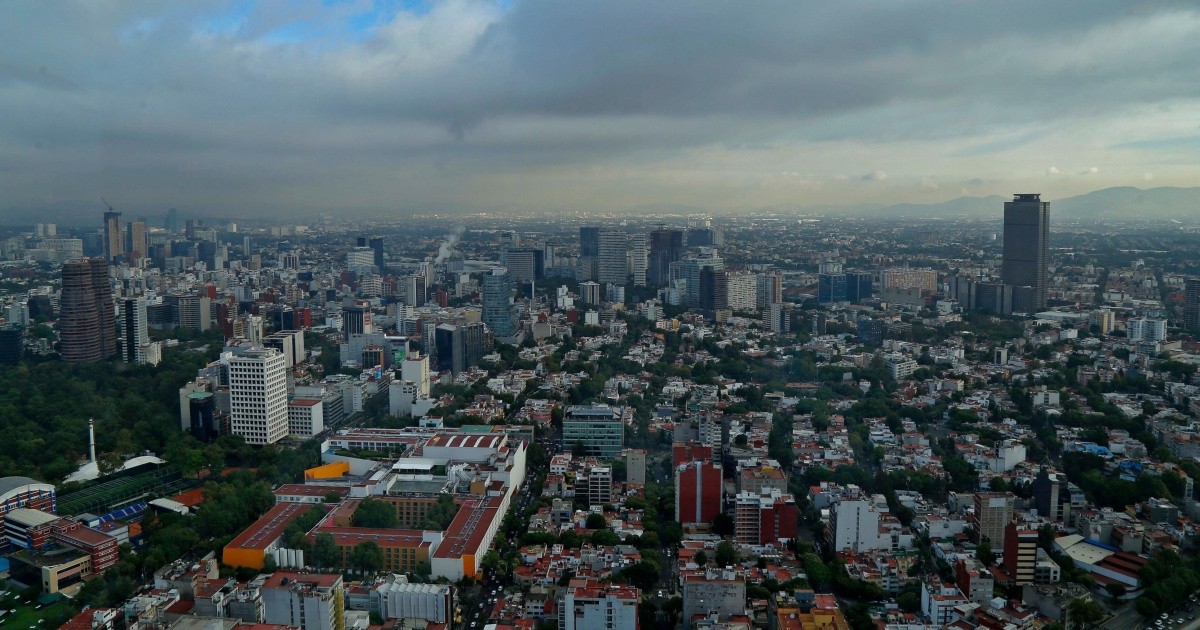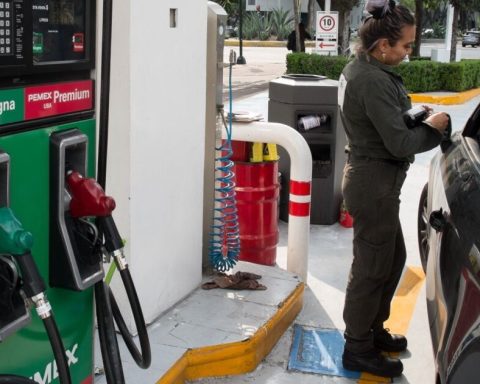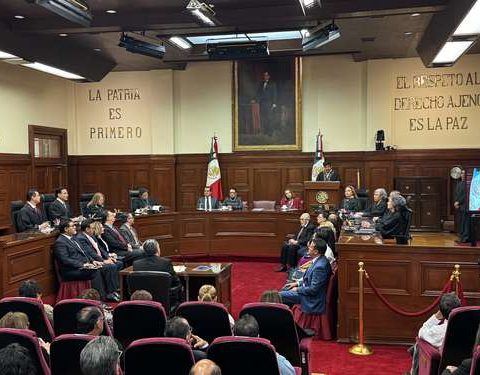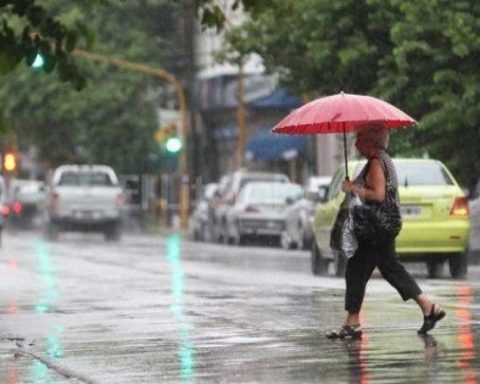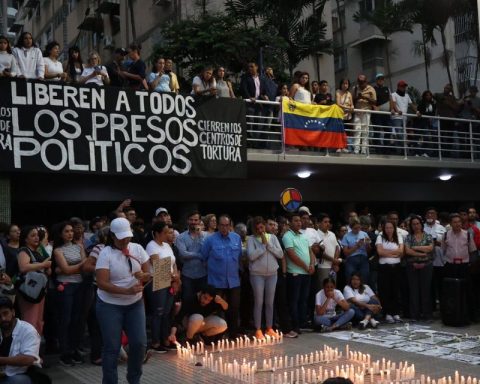This week the third part of the Sixth Assessment Report of the Intergovernmental Panel on Climate Change (IPCC), which corresponds to Working Group III on mitigation, has been published. Based on the evaluation of the physical bases of climate change (Working Group I) and their translation into physical impacts and our vulnerability (Working Group II), these experts propose the most recommended actions to reduce these impacts.
A synthesis report that will arrive in September will unite all these contents. But there is no need to wait until then to find out what we must do. The document that has just come out already tells us.
It does not hurt to remember that, due to the very nature of the IPCC reports, there is nothing new in them: they are essentially reviews of the scientific literature, with a prioritization or emphasis on the most agreed aspects. For those who follow research or other expert sources (or like my blog, for example) there is nothing revolutionary. Those who do not follow it can find a very complete and objective view of what we know and what we do not know about this topic.
The bad thing is that the text, including the summary for politicians, is complex and dense, not very easy to read. Trying to facilitate the task, this article is a summary in which I highlight the most relevant issues, or less known.
For those who want to go further, I recommend reading not the summary for politicians, but the technical summary of the new report. This second is longer, but less influenced by political interests, and more complete.
At the beginning of the technical summary there is a very interesting table that shows the situation in optimistic and pessimistic terms; sums it up very well and gives a very realistic view of this topic. It also covers aspects curiously not mentioned in the summary for politicians, but fundamental, such as international trade or emissions leakage.
Emissions reduction must start now
The first big message of the report is that although the growth rate of emissions has slowed somewhat in the last decade, they are still rising. They are already 54% larger than they were in 1990. And we have already used up almost our entire remaining carbon budget to get to 1.5℃ warming with greater than 50 percent probability.
Therefore, and this is the second relevant message, if we want not to exceed this degree and a half, we have to start reducing our greenhouse gas emissions now (in a “deep, rapid and sustained” way), so that 2025 marks the maximum of emissions, and in 2030 we reduce them between 13 and 45 percent. In 2050 we would have to reduce them between 52 and 76% to reach climate neutrality in that decade.
If we delay the reductions, we will consume the budget more quickly, and therefore we will have to reach neutrality sooner. And that without going into the lock-in, that is, the problem of building buildings or industries now, based on carbon-intensive technologies, which tie us to high emissions for a long time.
At this point, the IPCC notes that there is a gap between what we have to do, this reduction in emissions, and what is promised by the countries in their national contributions to the Paris Agreement. If we only keep these promises, the expected warming in 2100 will be 2.8℃.
And the report reminds us that there is another implementation gap between promises and political reality. So the political task is enormous, even greater than the technological one. Because we already have many viable technologies for transformation, some of them already competitive (such as photovoltaic or wind). But we have to do much more.
What are the priority actions?
First of all, savings and efficiency, which according to the IPCC can account for between 40 and 70% of the reduction by 2050. This includes changes in areas such as the following:
- In the infrastructures. For example, to make buildings that do not consume energy or to reduce mobility needs.
- in end-use technologies. Using electric or more efficient vehicles, etc.
- Behavioral and sociocultural. This includes changes in diet, which are not miraculous, but somewhat help, and adjustments to the air conditioning in buildings.
- Circular economy. Increased efficiency in the use of materials.
Second, fossil fuels must be abandoned: coal should be reduced by 95%, oil by 60% and gas by 45%. Regarding the latter, above all, the reduction of methane leaks is a very, very efficient measure.
However, in a very important message, the IPCC tells us that all this is not enough. That we will have to use techniques to remove carbon from the atmosphere and also to capture carbon from the remaining fossil fuels, from cement production and from the chemical industry.
Furthermore, in a surely controversial statement, the report warns that carbon sequestration cannot be based predominantly on natural sinks (reforestation, etc.) because it is less reliable than geological storage. So it is essential to promote biomass capture technologies, paying close attention to their potential negative impacts, and direct capture of CO₂ from the air.
Biofuels will be able to help in the short and medium term, in the most complicated sectors, but we must also take great care of their risks.
Cities and industry, the two protagonists
All of the above is going to take place on two playing fields, fundamentally: cities and industry.
The urbanization process will continue to advance. It is therefore essential to design urban structures well from the outset in these expanding cities, as well as to redesign existing ones in a way that minimizes energy consumption.
Regarding industry, it is necessary to rescue industrial policy and international collaboration, because industrial decarbonization is going to change value chains, moving them towards regions with abundant low-CO₂ energy resources.
To achieve all this transformation, systemic changes are needed. We must change our development paradigm towards one based on sustainability and we must implement the broadest possible policy packages with measures that stimulate innovation, change behaviour, regulate financial investment and establish adequate governance of the process.
For example, if we want to reduce emissions from buildings, we need to combine efficiency targets, building codes, information instruments, carbon prices, financial assistance… If we only propose partial actions, we will never reach the targets.
How much is all this going to cost?
One of the fundamental barriers to proposing these ambitious policies is their cost. The IPCC tells us that reaching the necessary goals in 2050 will mean a reduction of 2% of GDP – which, on the other hand, will increase by 100 percent. This seems very reasonable, even more so taking into account all the benefits (not included in the previous account) of avoiding climate change and reducing pollution.
However, the report reminds us that there will be losers, among other things because the impact will be uneven across regions and sectors. Therefore, the element of justice is absolutely central, not only for its own sake, but also to facilitate the transition.
Another potential barrier is funding. Investment will need to be increased by 3-6 times over current levels, especially in the primary sector and in developing countries. The good thing is that there is enough capital and liquidity globally. But there are still many problems to deploy this money and international cooperation is essential for it.
The last important message of the report is that all this cannot be incompatible with continuing to work to give access to modern energy to the more than 2,000 million people who do not have it, because its translation into emissions is almost negligible.
The problem is not the poor, but the rich: 10% of households are responsible for 40% of emissions, 40% are responsible for another 45% and the remaining 50% of households for 15 percent. It is important, therefore, to convey the message of common responsibility, but differentiated not only between countries, but also within countries.
